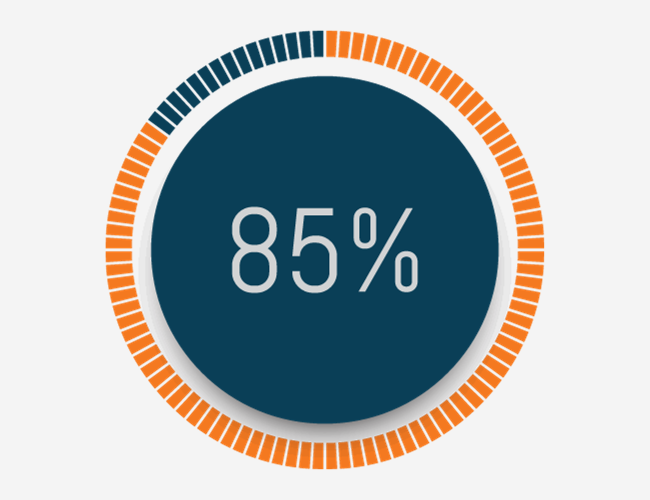A recent study published in the European Heart Journal found a link between long working hours and an increased risk of atrial fibrillation (AFib). Given that this multi-cohort study analyzed data from studies conducted in Europe and, knowing that Americans work nearly 25% more hours than Europeans, U.S. employers should seriously consider these numbers as a wake-up call to the potential dangers of long work hours.
Afib Risk Factors
According to the Centers for Disease Control and Prevention (CDC), atrial fibrillation, a heart condition characterized by a fast and irregular heart rate, is estimated to affect between 2.7 to 6.1 million people in the United States. Why is AFib something to be taken seriously? This condition not only increases a person’s risk for having a stroke by four to five times compared to those without AFib, but the strokes caused by complications from this condition are often more severe than those experienced by people with different underlying causes. It is also a risk factor for developing blood clots, heart failure, and other heart-related complications. Some risk factors for AFib include advancing age, hypertension, diabetes, and heavy alcohol consumption. In fact, working long hours has just been added to the list of risk factors by researchers at the Department of Epidemiology at University College London. Alarmingly, the number of AFib patients worldwide is on the rise, and studies like the one discussed here suggest that increasing work hours and work-related stress may be associated with this trend.
AFib Linked To Long Hours In The Office
This study included data from more than 85,000 participants in Denmark, Finland, Sweden, and the U.K. Researchers divided their subjects into five categories: working under 35 hours/week, 35 to 40 hours/week, 41 to 48 hours/week, 49 to 54 hours/week, and 55 hours/week or more. Of the study participants, 4,484 identified as working at least 55 hours every week.

After 10 years of following participants’ heart health data, researchers found that while the incidence rate among the total number of participants was 12.4 per 1,000 people, it rose to 17.6 per 1,000 people among those working 55 hours a week or more. What does this boil down to? Individuals engaging in long working hours were 40% more likely to be develop AFib than those who worked less (and likely had a better work-life balance).
Is 6-Hour Workday The Solution?
We previously discussed the a year-long experimental Swedish study to build the case for a 6-hour workday option. While boasting many benefits, the shorter working hours in this approach are just not feasible for some occupations and industries. Knowing the competitiveness that exists in the U.S. marketplace, it is unlikely that the six-hour workday will become a wide-spread reality anytime soon.
Regardless of the unique lengths of time a job might require on a weekly basis, managers should make a significant effort to help employees maintain a healthier work-life balance. Efforts can include encouraging physical activity, avoiding sending work-emails after work-hours, and providing flextime options for employees to have a greater say in shaping their own schedule.












